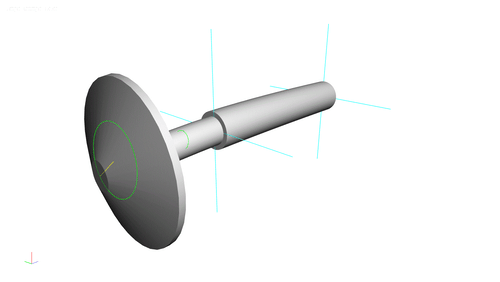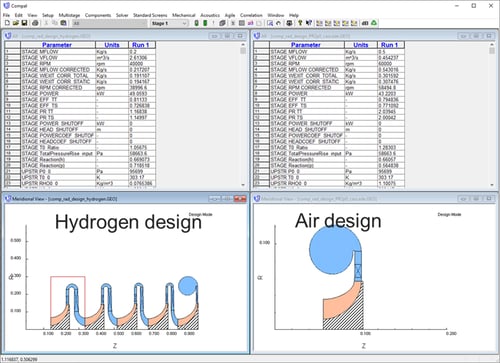24/7 Software Feedback
We welcome ALL customer feedback on our software products. Your evaluation will shape the future of Concepts NREC software.
For all APS software customers, a more detailed development survey for each product may be completed here.


